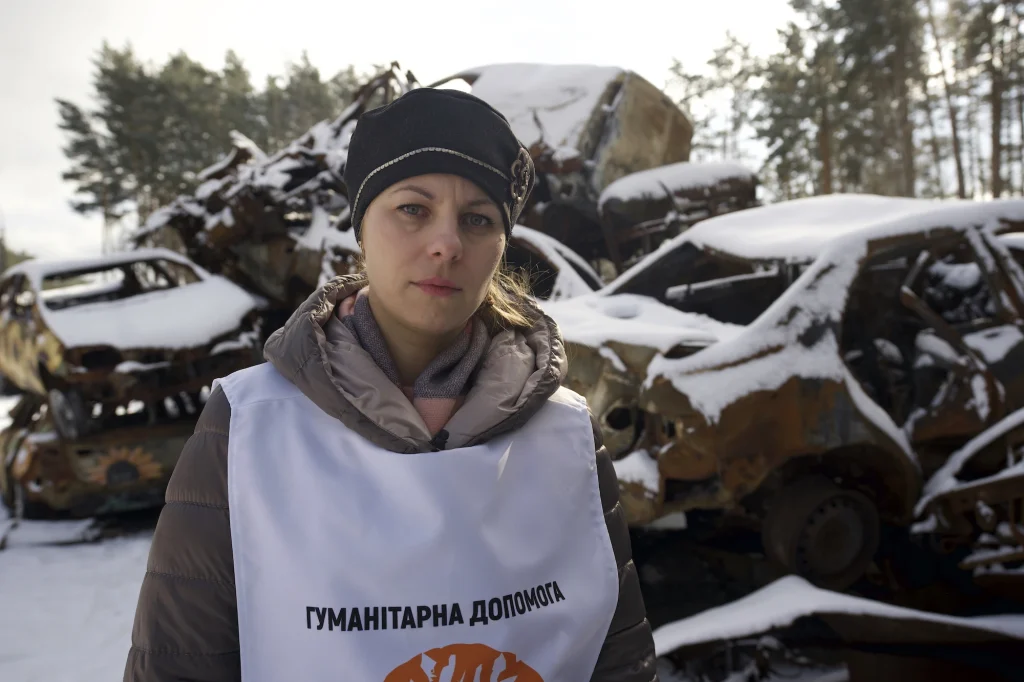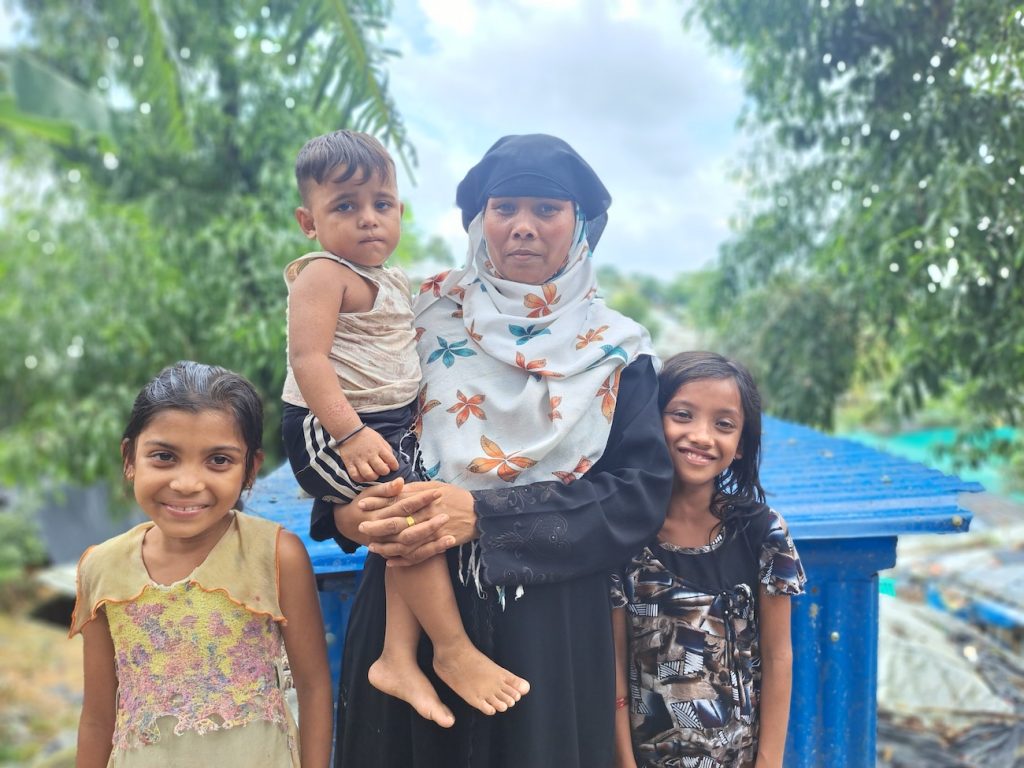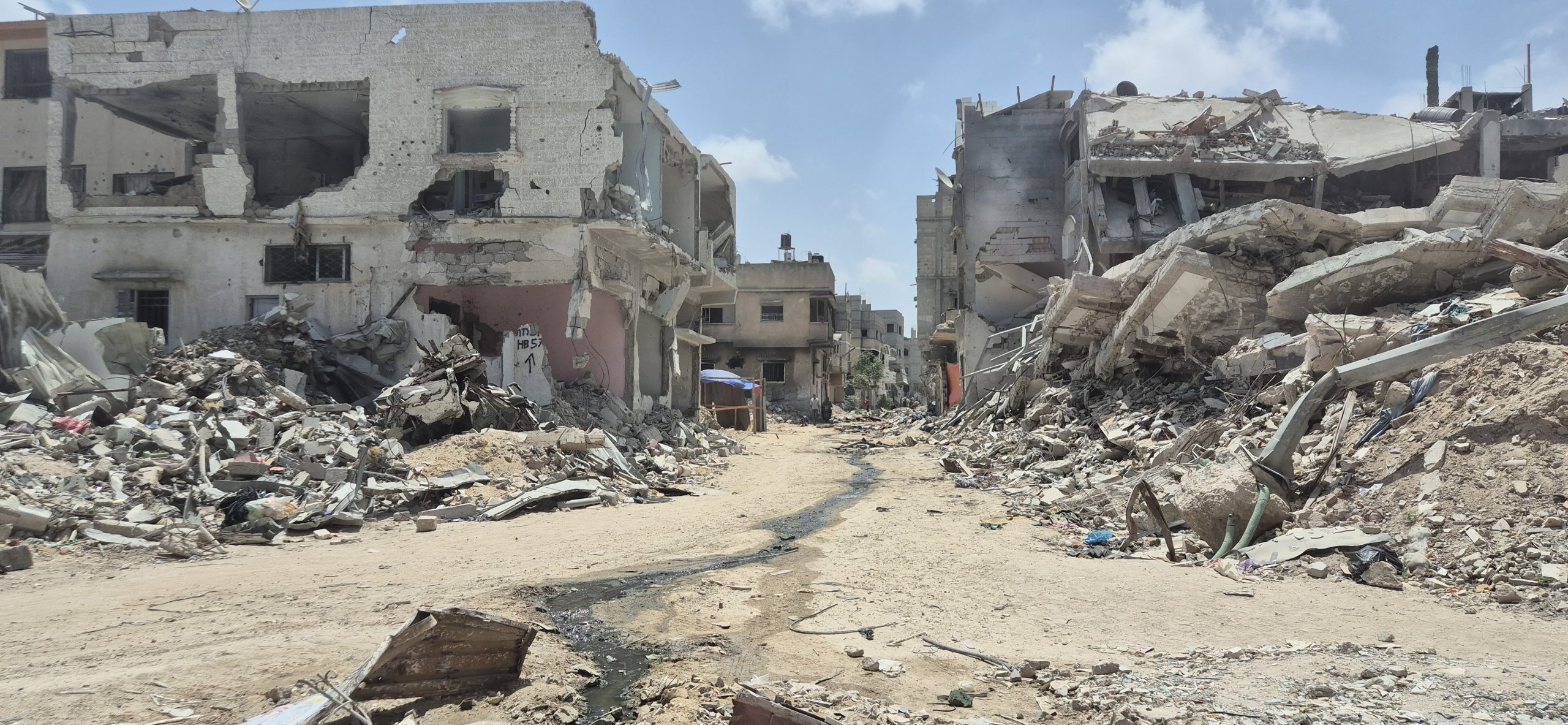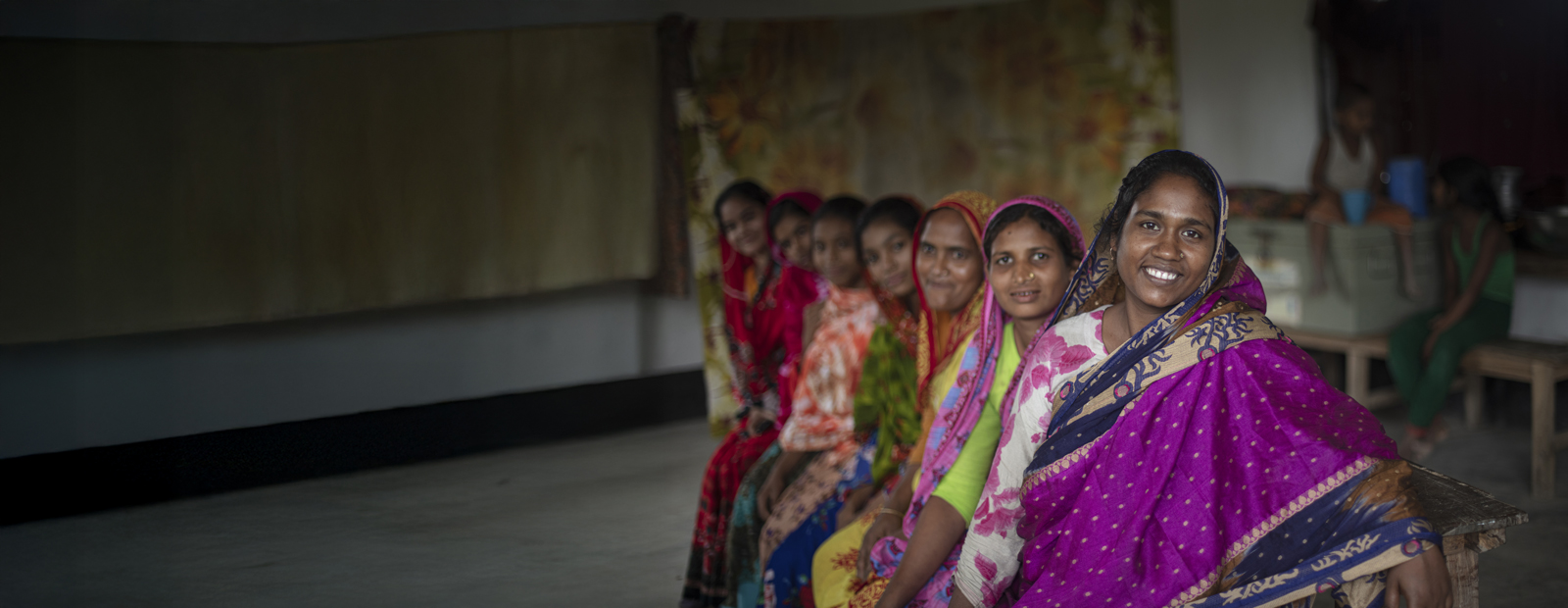Whether it is a sudden emergency or an ongoing crisis, CARE Australia works to aid people in need in the Asia-Pacific region and wherever we are best placed to around the world.
CARE Australia works to support communities before, during and after emergencies.
We are there working with local organisations in the Pacific to prepare for cyclones, we respond with humanitarian assistance in places like Ukraine when there is conflict, and we are there with the people of Türkiye to help them recover and rebuild after devastating earthquakes.
Fast Facts
In 2025, 305 million people around the world will require urgent humanitarian assistance and protection, due to conflicts, climate emergencies and other crises.
One in five women in crisis has experienced sexual assault.
In the Asia-Pacific region, women and children are 14 times more likely than men to die in a disaster and its aftermath.
Impact stories
Daria in Ukraine
Around the world, disasters, conflict and crises are impacting communities more frequently than ever before. With this frightening reality, we unfortunately see that the most vulnerable people are affected most when disaster strikes – particularly women.
Daria was a language teacher in Kiev when the war broke out in Ukraine suddenly. With just a small suitcase in hand, Daria and her son left Kiev and travelled through Moldova, Romania, Slovakia and finally arrived in Poland. It all happened quickly and she had no plan for her family.
“I had to flee in the morning, just leaving everything behind, taking the most important things with me,” she explained. “I never went back, so now I need to build my new life.”
The urgency of humanitarian needs in Ukraine continues as more and more families are cut off from basic services such as water, electricity, medicines and food. The situation is more and more dire every day as the conflict continues.
Each year, CARE responds to dozens of new and ongoing emergencies, providing
humanitarian assistance to more than 10 million people. With emergency-response experts on the ground in over 60 countries, we are able to provide emergency food, relief supplies, water, sanitation, shelter, health care and livelihoods support to people in need. After immediate needs are met, our teams stay on to support affected people and communities to rebuild their lives.
We see the impacts of this significant response to emergencies around the world following recent humanitarian crises, conflict and disasters.
During the Ukraine war, CARE has been working with partner organisations in Ukraine, Georgia, Moldova, Poland and Romania, and has reached more than 989,000 people with support including: immediate relief and aid in the form of cash, food, water, temporary shelter, blankets, medication, nappies and hygiene products to those who have lost everything. Our emergency response has also provided psychosocial support to help people cope with the trauma of their experiences, as well as safe spaces and support for mothers and babies, older people and people with disabilities.
Our emergency response is always wide-ranging and bespoke to the crisis, conflict or disaster at hand. Beyond all else, we prioritise immediate action to ensure communities are supported as soon as devastation hits.
The impacts of our emergency response can best be demonstrated by the people that have experienced it first-hand.
Once settled in Poland, Daria signed up for a CARE-supported cash-for-work program to teach in Polish schools with Ukrainian refugee children to help them acclimate. Daria has now been hired by CARE in Poland and has gone on to make news appearances with CNN, MSNBC and others. She has quickly become a confident spokesperson, speaking on behalf of teachers, refugees and now CARE.

Anowera in Bangladesh
More than five years after fleeing violence and persecution in Myanmar through a mass exodus to Bangladesh, nearly a million Rohingya refugees continue to live in difficult conditions in Cox’s Bazar. Almost half of these refugees are children. The ongoing humanitarian response remains chronically underfunded, with refugees relying heavily on humanitarian assistance for protection, food, water, shelter and health.
Anowera fled to Bangladesh with her four daughters and one son after facing persecution in her village in Mynanmar. Following the loss of her husband, she found a job working in the rice fields to be able to support and feed her large family and she struggled to make ends meet.
After facing challenge after challenge, she found an opportunity to improve her life and community as a member of the Block Development Committee (BDC), formed and oriented by the Disaster Risk Reduction team of CARE Bangladesh.
“I am so happy about the money I received from working at CARE. I found the work very enjoyable and learned new skills. Also, I used this money to feed my family and buy clothes for them. I’m also making some income by breeding poultry using the money I received,” said Anowera.
Hundreds of others like Anowera are benefiting from the Disaster Risk Reduction team of CARE Bangladesh while contributing to enhancing the disaster resilience of their communities in Camps 13 and 16 in Ukhia Cox’s Bazar, Bangladesh. These initiatives are not only making their lives more accessible but also protecting them from the dangers of natural hazards.
The Joint Response Plan has been working to provide life-saving food assistance for Rohingya refugees, giving access to a more diverse diet through e-vouchers, supporting nutrition services to reduce the burden of malnutrition, and enabling climate-resilient food production.


